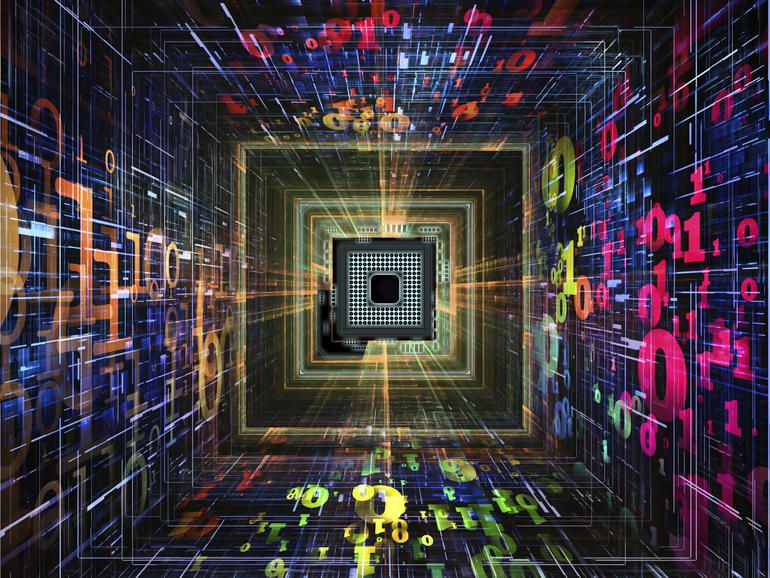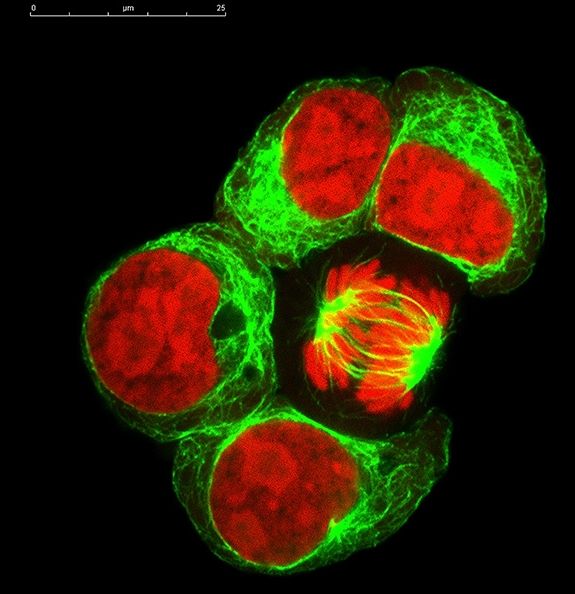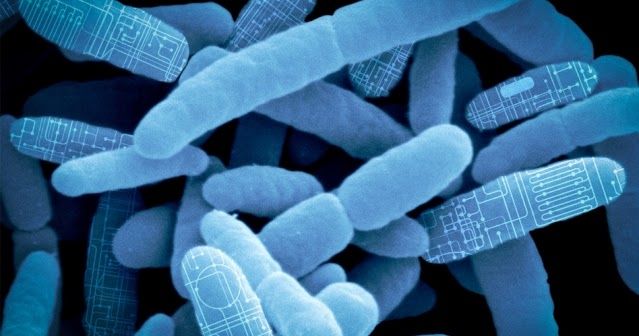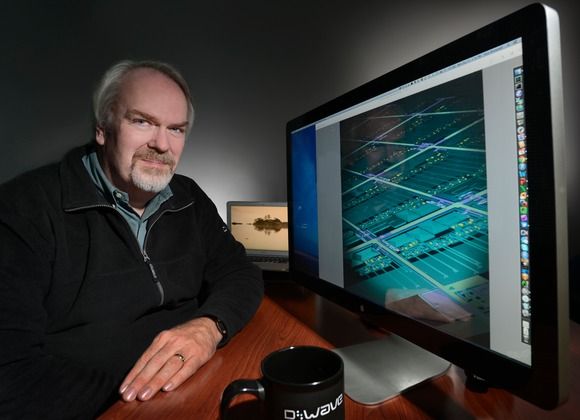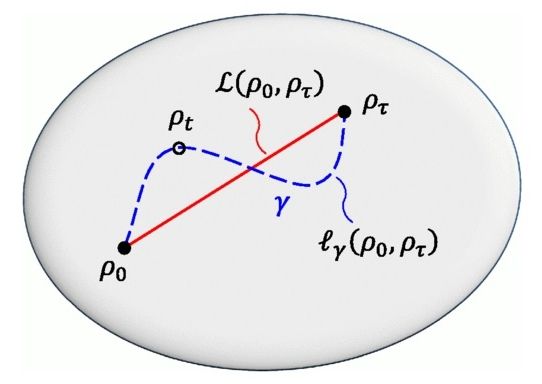Jun 6, 2016
Living circuits can handle complex computing
Posted by Klaus Baldauf in categories: biotech/medical, computing, electronics
Gene-based circuits are about to get decidedly more sophisticated. MIT scientists have developed a method for integrating both analog and digital computing into those circuits, turning living cells into complex computers. The centerpiece is a threshold sensor whose gene expression flips DNA, converting analog chemical data into binary output — basically, complex data can trigger simple responses that match the language of regular computers.
The practical applications are huge. Along with general-purpose computing, you could have advanced sensors that trigger different kinds of chemical production depending on levels for other chemicals. You could produce insulin when there’s too much glucose, for instance, or deliver different kinds of cancer therapy. And this isn’t just talk. Clinical trials for a simple gene circuit (which will treat gut diseases) are starting within a year, so you could see these organic machines in action before too long.
